СМИ
Главная " СМИ
30 лет истории бренда
100+ агентов по всему миру
Немецкое технологическое оборудование
Десять серий закупок по принципу "одного окна
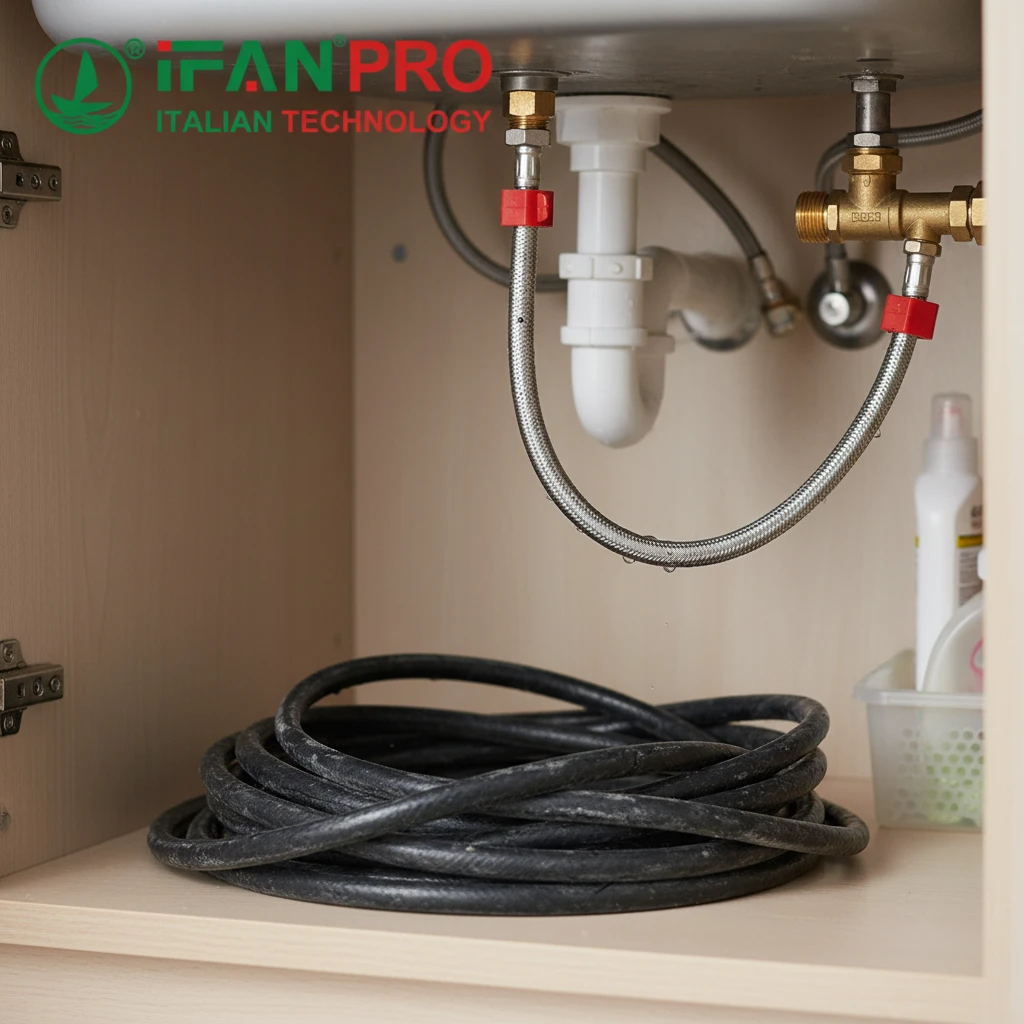
How Long Do Stainless Steel Braided Hoses Last?
I once received a panicked call from a client whose standard rubber hose burst, flooding their laundry room. This common disaster highlights why so many
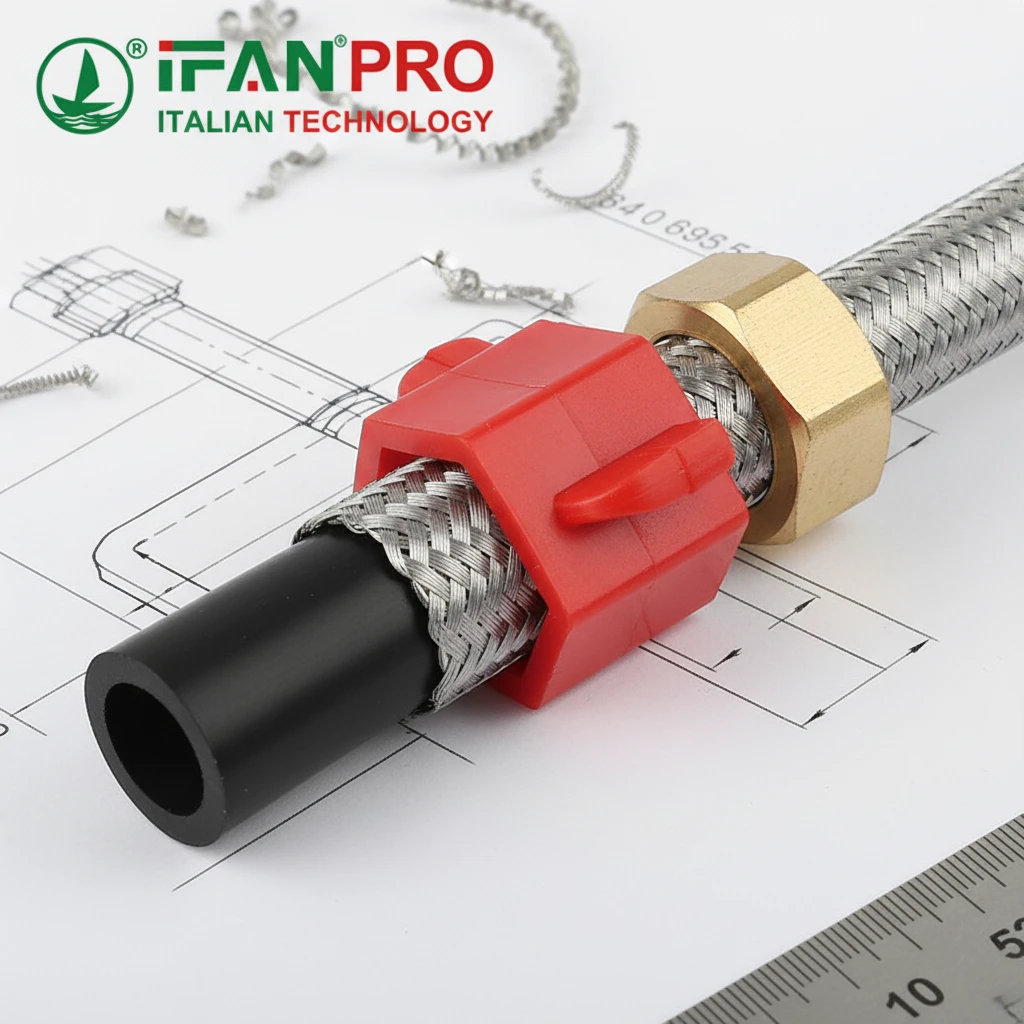
Stainless Steel Braided Flexible Hose for Water Supply
I once saw a cheap plastic supply line burst under a sink. The flood ruined cabinets and flooring. That moment cemented my trust in a
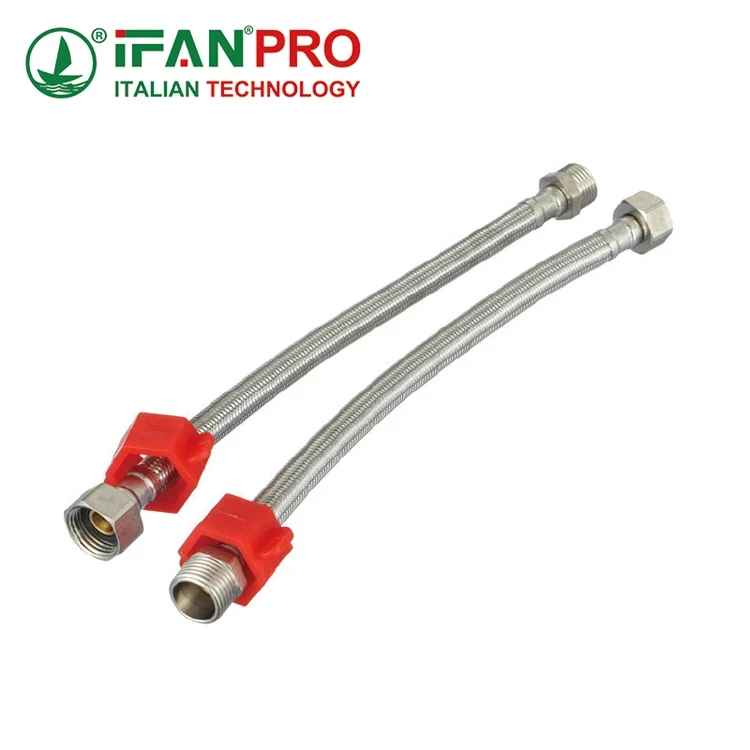
What Are Convoluted, Flexible, and Braided Metal Core Hoses?
A client once faced costly downtime because a standard pipe cracked from vibration. That moment highlighted why specialized hoses are essential for tough jobs. Convoluted,
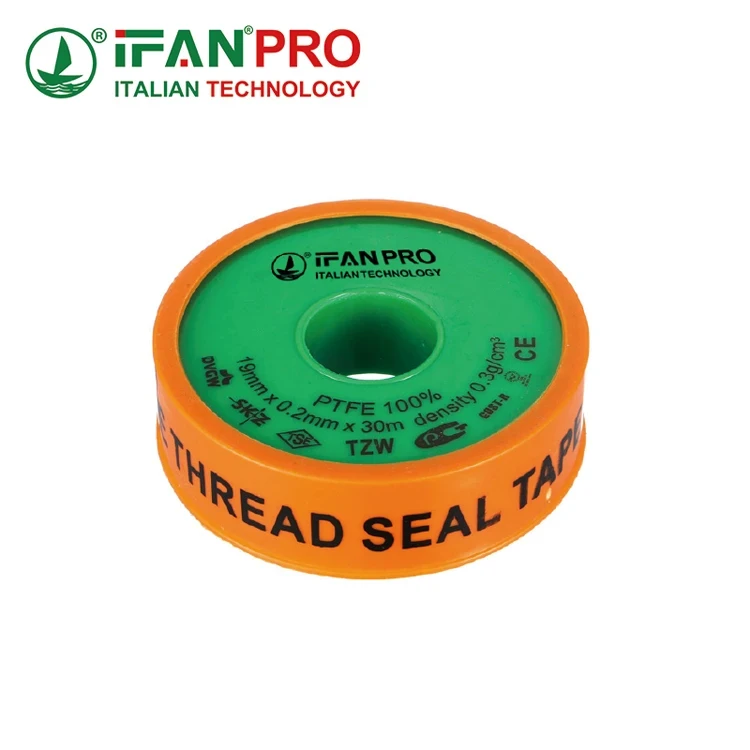
Plumbing Tape for Leaks
A sudden drip under the sink used to mean panic. I’ve learned that the right tape, applied correctly, can turn a crisis into a quick

What are Pipe Sealant Tapes and How Do You Use Them?
I once saw a newly installed water line leak because the installer used the wrong color tape. This simple mistake caused a big mess and
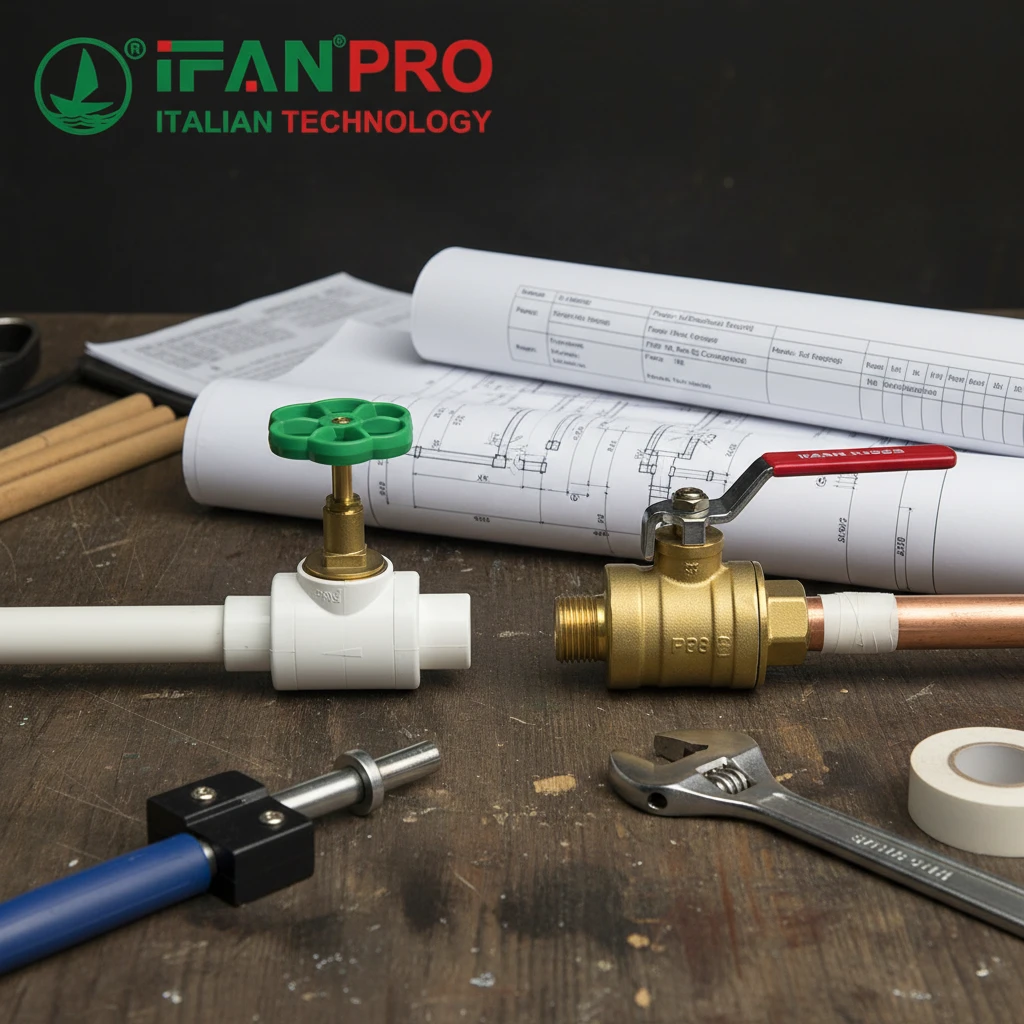
PPR Valves vs. Brass Ball Valves: How Do You Choose?
I once saw a client face a costly shutdown because a valve failed. This experience showed me that picking the right valve is just as
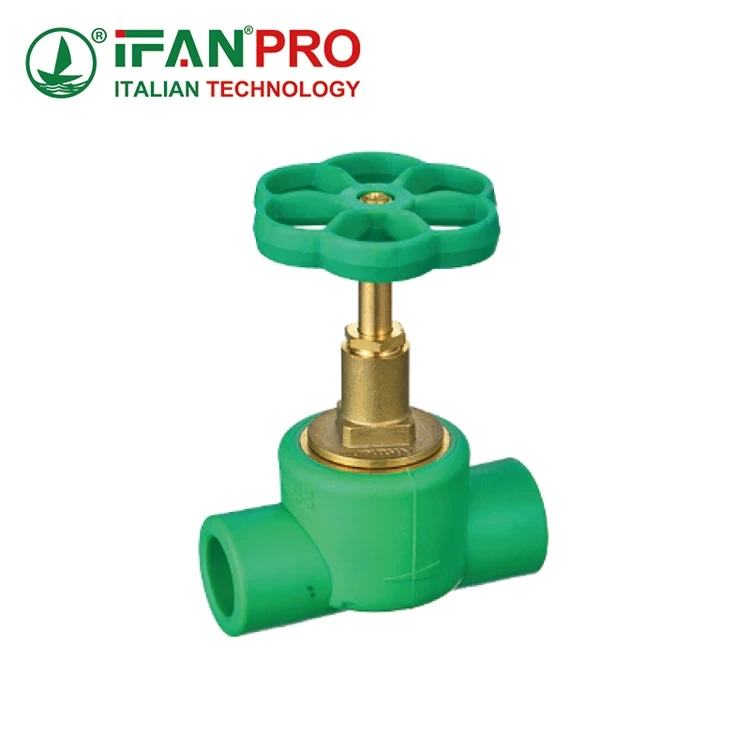
PPR Stop Valve VS. Brass Stop Valve, What’s the difference?
I once faced a flooded utility room because a corroded brass valve failed. This moment pushed me to understand the real differences between valve materials,
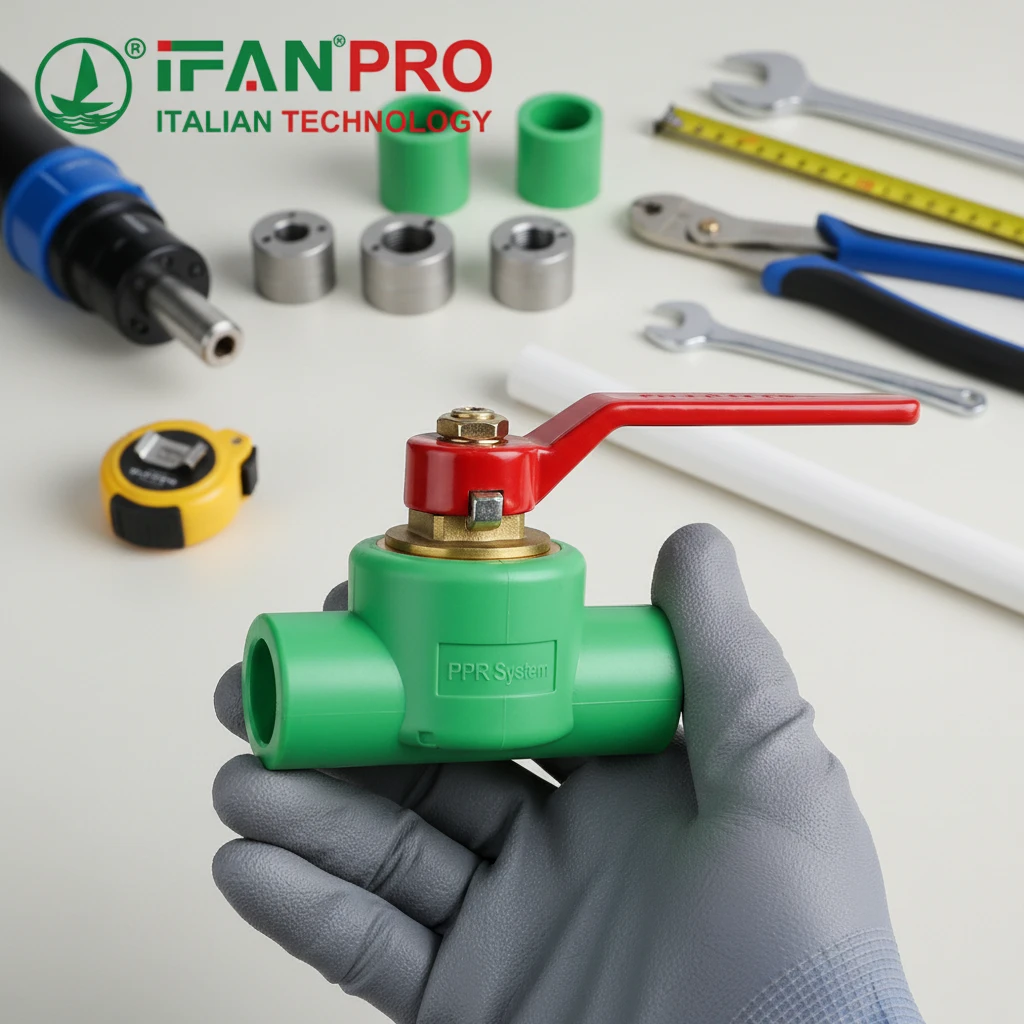
Water Ball Valve with PPR Connection
We received a frantic call from a client whose system leaked after a valve replacement. The issue? A mismatched valve. This cemented the importance of
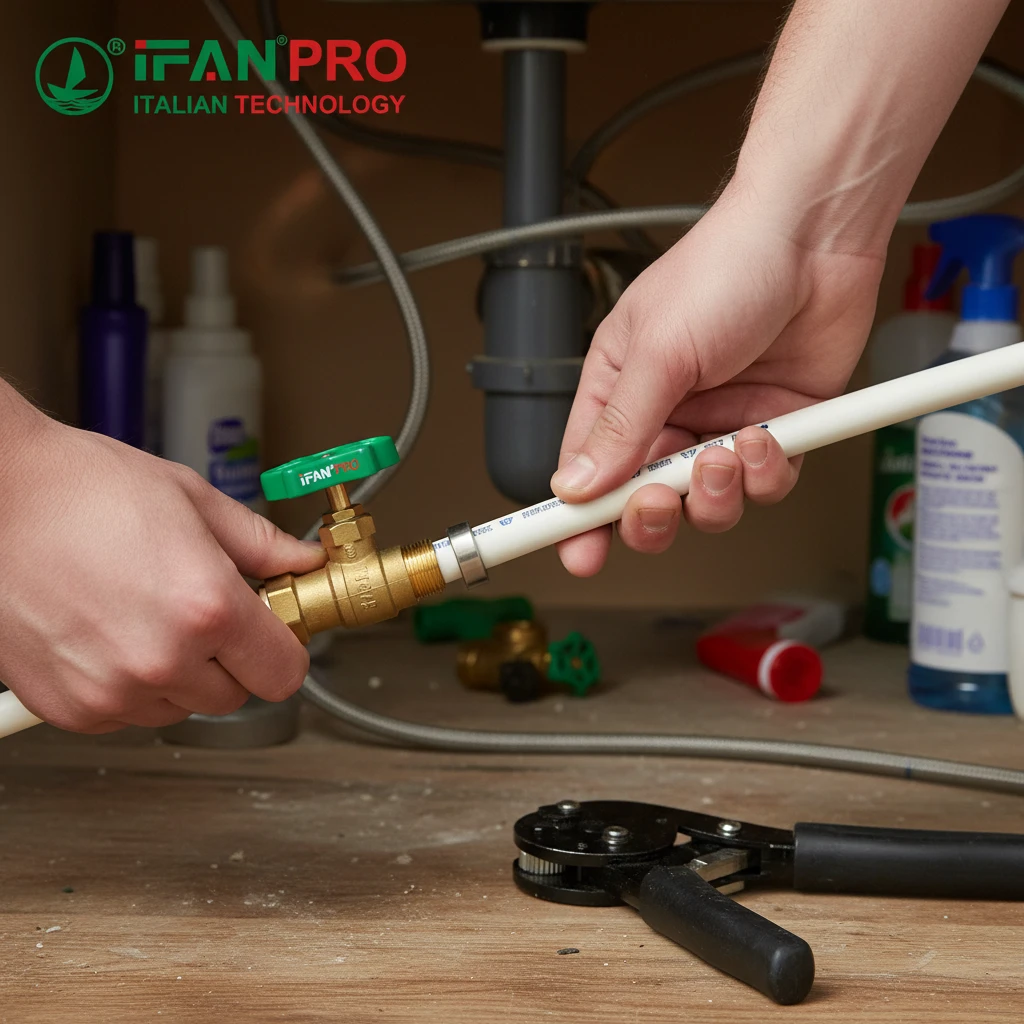
How Do You Add a Shut-Off Valve to a PEX Pipe?
A sudden plumbing leak can cause real panic. Adding a shut-off valve is a simple upgrade that gives you immediate control during any future repairs.

How to Install a Shut Off Valve for a Galvanized Pipe?
I once received an urgent call from a property manager whose main galvanized pipe valve failed, flooding a basement. That moment showed me why a
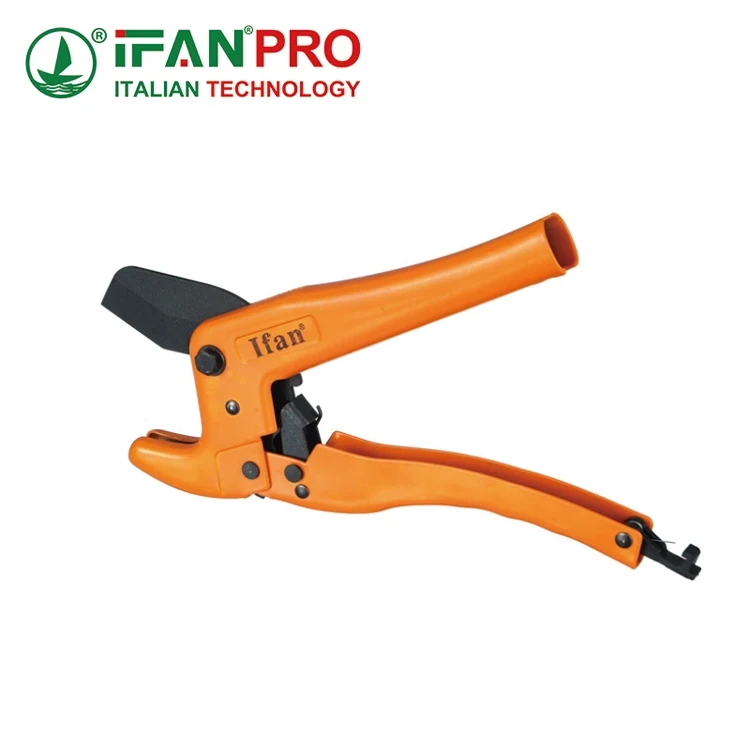
Can One Pipe Cutter Handle PPR, PVC, and PE Efficiently?
I once saw a frustrated installer try to use a dull, cheap cutter on three different pipe types. The result was a mess of ragged
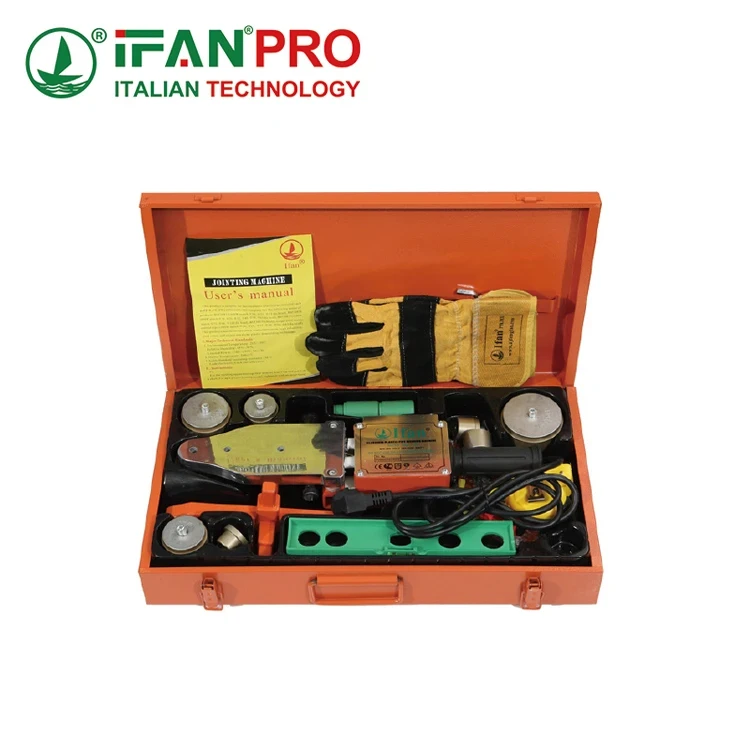
Portable Tool Boxes
I’ve seen technicians struggle with broken boxes and lost tools on job sites. Choosing the right portable tool box isn’t about storage; it’s about protecting









